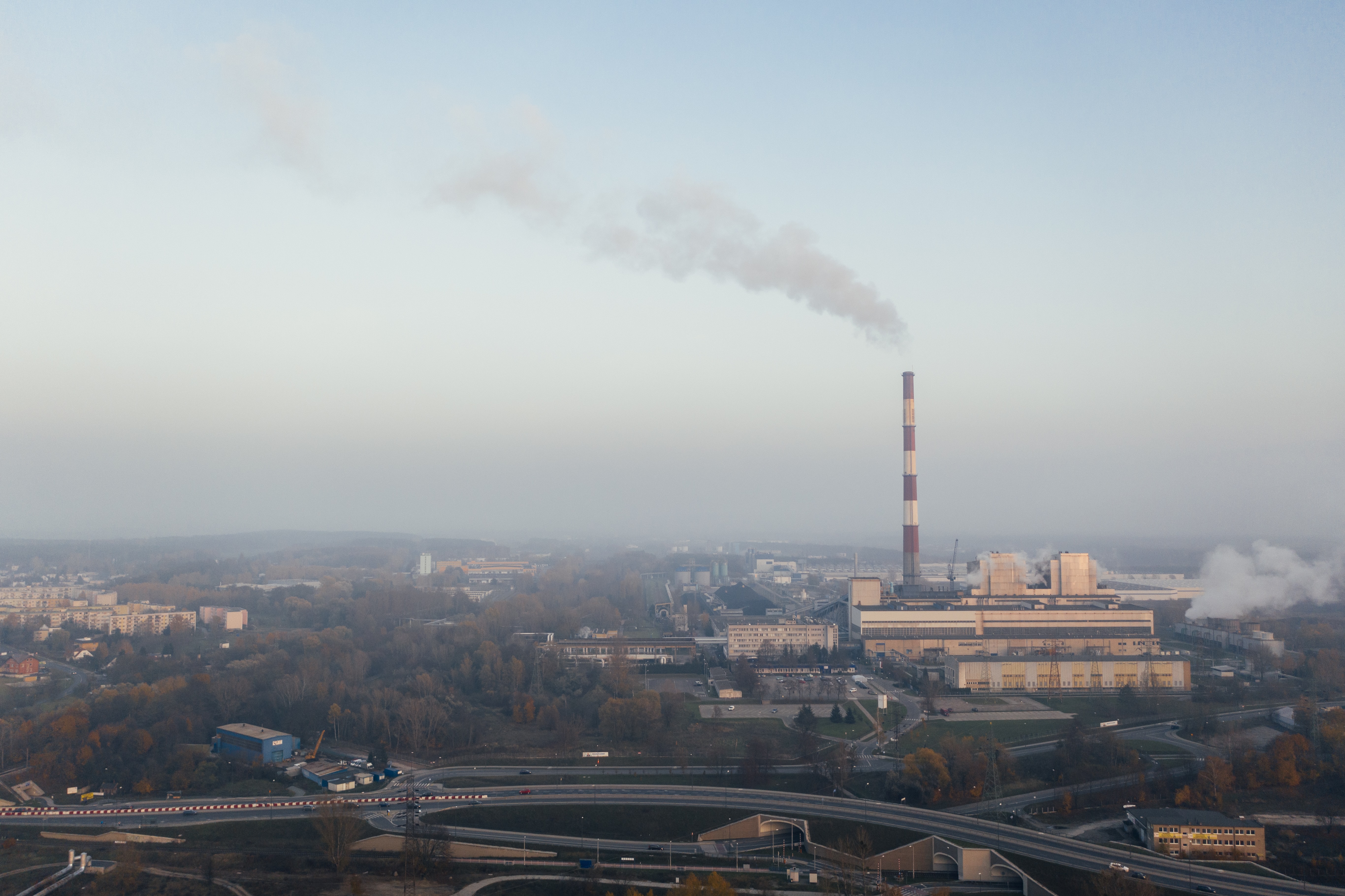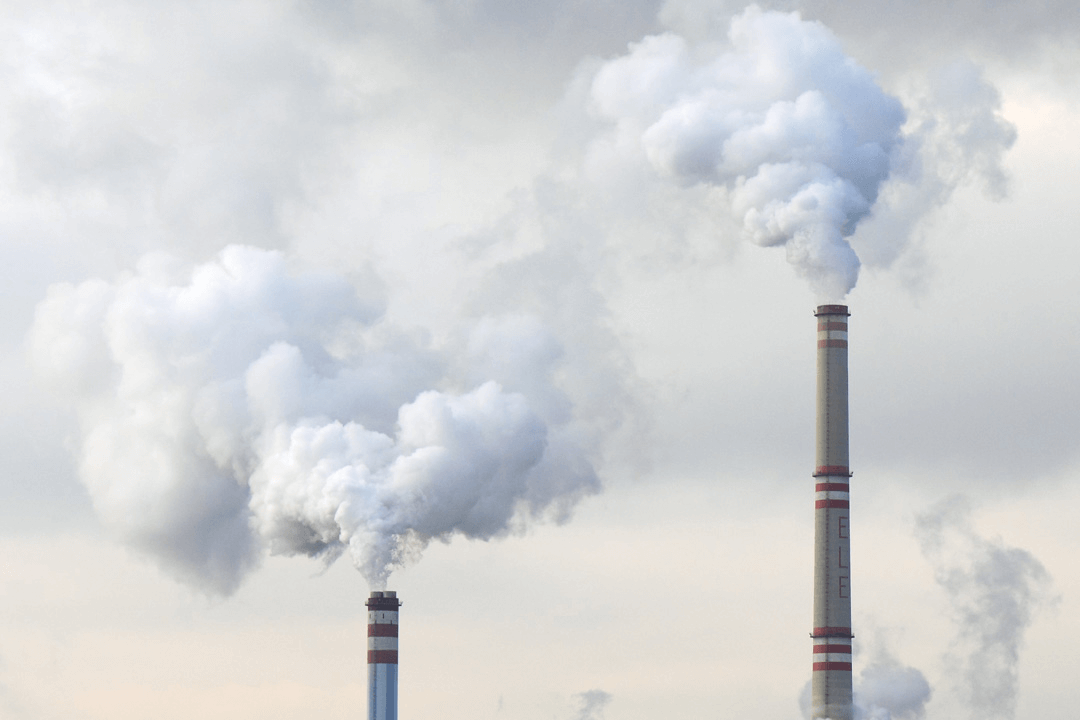Commercial general liability (CGL) insurance protects your business against claims for bodily or personal injuries, advertising liability, as well as property damage to third parties arising from your operations or products or occurring on company premises. While some policies may also cover environmental losses, there are a few reasons why business owners should consider additional environmental insurance.

Firstly, most CGL policies contain a pollution exclusion clause. This is to exclude losses arising out of the discharge or escape of pollutants into the environment.
Absolute Pollution Exclusion
According to an article by Marc Lebrun, “Such exclusions were first introduced by insurers in the early 1970s as an industry response to litigation arising out of that type of loss. However, the exclusion back then was very different than today’s exclusions. It contained an exception for losses that were sudden and accidental.
By the mid-1980s, insurers found themselves exposed to many court decisions interpreting the sudden and accidental exception to apply to situations involving the discharge of pollutants over long periods of time. As a result of these decisions, and perhaps also due to the increasing frequency and severity of environmental claims, the insurance industry introduced the Absolute Pollution Exclusion. The Absolute Pollution Exclusion eliminated the exception for loss that was sudden and accidental, and also removed coverage for government-mandated environmental cleanup.
In the mid-1990s, the CGL’s pollution exclusion was further modified to what is often referred to as the Total Pollution Exclusion. This, more onerous, exclusion eliminates many of the exceptions contained in the Absolute Pollution Exclusion.”
Land and Water Pollution Exclusion
In conjunction with CGL coverage, most insurers also provide an extension for Land and Water Pollution in their Business Insurance Package. The primary intent of this extension is to cover expenses incurred to clean up pollutants from land and water at an insured premises.
According to the article by Marc Lebrun, this extension does provide coverage that will apply in certain situations, businesses should be aware of its limitations. For example, consider the loss scenario of a manufacturing business that moved a piece of machinery from their shop floor as part of a process-line reorganization. In this scenario, a leak from the piece of machinery was discovered that migrated into an unsealed trench pit. Contrary to the two important requirements mentioned above, there was no damage to insured property, and the machinery was found to be causing contamination over a long period of time. As a result, the coverage provided by the Land and Water Pollution extension was rendered ineffective.
In addition, there is a third major limitation that business owners need to understand. As previously indicated, the Land and Water Pollution extension specifically applies only to "expenses incurred to clean up pollutants from land and water at an insured premises." As such, there appears to be no coverage available for third party claims for bodily injury or property damage regarding a spill or escape of pollutants. Similarly, the Land and Water Pollution extension does not cover cleanup costs at a third-party premises. This is of particular importance to note because when pollutants enter surface water or groundwater, they can migrate to adjacent premises and waterways very quickly.”
It is these exclusions that require businesses to invest in additional environmental insurance where necessary. One of those insurances is the Contractors Pollution Liability Insurance. The other is Fixed Site Pollution Insurance.
Contractors Pollution Liability Insurance
If your business hires contractors, they will face environmental risks daily. While incidents may not be a sudden occurrence, pollution incidents can occur gradually over time, severely damaging their operations and more. Two important considerations when evaluating CPL insurance policies are:
- Whether or not the policy will respond to gradual releases of pollutants, as opposed to sudden and accidental releases; and
- The types of substances that are considered “pollutants” under the terms of the policy.
Generally, policies that cover both gradual and sudden releases of pollutants provide contractors with a broader scope of coverage. In addition, policies that provide a broad definition of pollutants are considered superior to those that contain a narrow definition. Accordingly, contractors must work with their broker to find a CPL policy that is tailored to their needs.
For more information on Contractors Pollution Liability Insurance or to start a quote, visit https://www.otcinsurance.ca/contractors-pollution-insurance.
Fixed Site Pollution Insurance
Fixed Site Pollution Insurance coverage is triggered either by a claim for damages from a third party or by the discovery of contamination above "Action Levels" on the insured's premises. "Action Levels" are a fundamental concept to understand. These levels are set in every community on a federal, state, or local level. They represent the allowable concentration of any contaminant for the area in which the contaminant is discovered. Policies clean up pollutants to the acceptable level dictated by the governing authority.
In other words, if you have pristine land on which you spill diesel fuel, you will need to clean up the site to whatever level is allowable by the governing authority.
Learn About Fixed Site Pollution Insurance or get started with a quote at https://www.otcinsurance.ca/fixedsitepollution


 ;
;
 ;
;
 ;
;
 ;
;
 ;
;
 ;
;
 ;
;

